- May 23, 2024
Purple Macaw Parrot: 10 Intriguing Facts
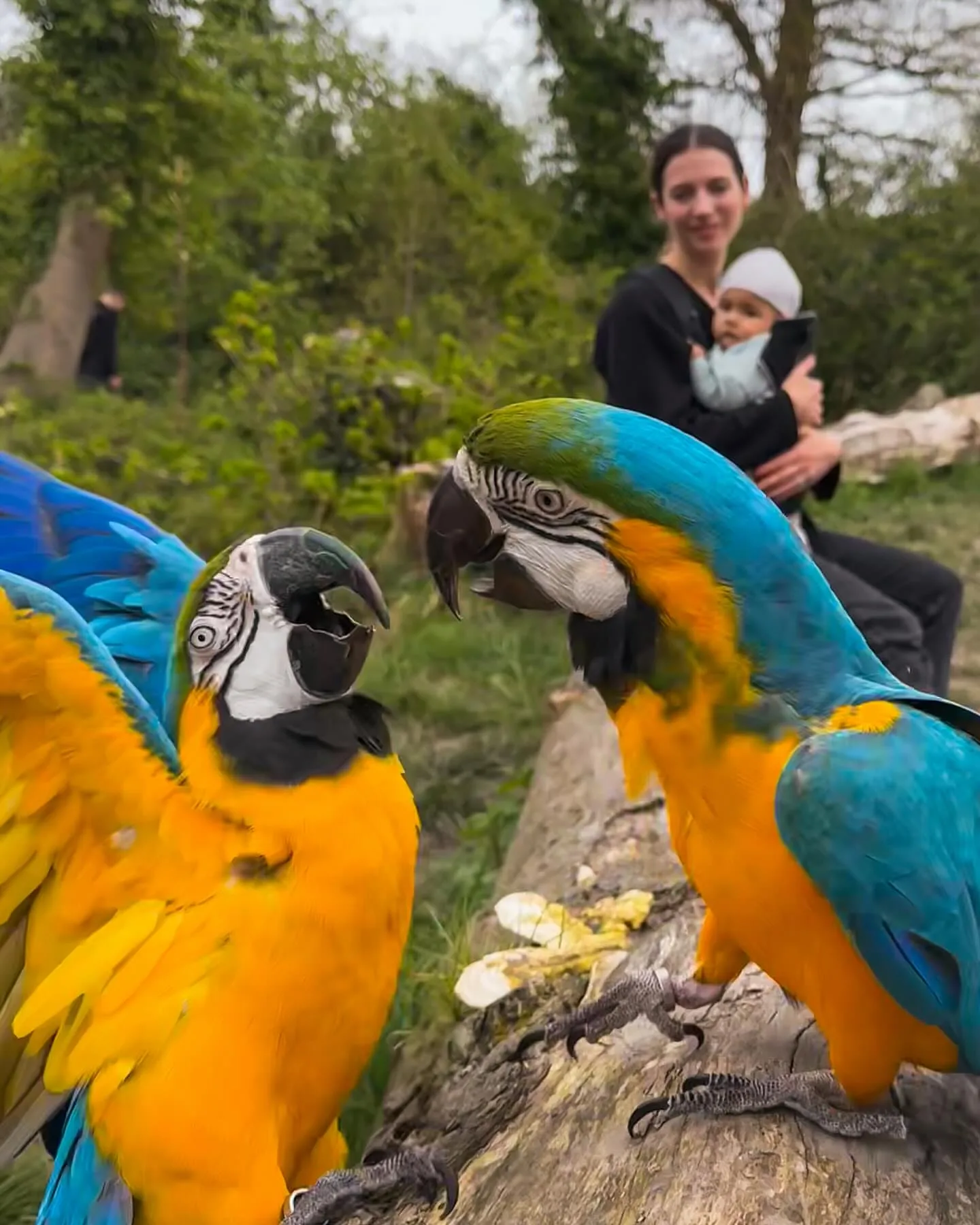

Dive into the vibrant realm of purple macaw parrots with our expert guide exploring tropical bird plumage, toucan, powerful beak, and violet. Discover fascinating facts, care tips, and unique characteristics that make these majestic birds stand out. From their stunning plumage to their playful personalities, explore everything you need to know about these captivating tropical birds. Get ready to be amazed by the beauty and charm of violet basant feathers of purple macaw parrots as we unveil the secrets of these exotic avian wonders.
Browse our shop for beautiful birds. Find your perfect parrot companion today
-
Sale Product on sale
 My Name is COCO & LUNA, Male & Female Canaries. 20% Off Today – Don’t Miss Out!
My Name is COCO & LUNA, Male & Female Canaries. 20% Off Today – Don’t Miss Out!$300.00Original price was: $300.00.$240.00Current price is: $240.00. -
Sale Product on sale

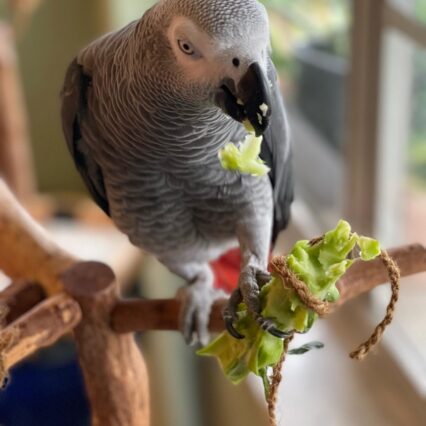 My Name is APOLLO, Male Talking Timneh African Grey. 20% Off Today – Don’t Miss Out!
My Name is APOLLO, Male Talking Timneh African Grey. 20% Off Today – Don’t Miss Out!$1,600.00Original price was: $1,600.00.$1,400.00Current price is: $1,400.00.
Key Takeaways
- Protect the purple macaw parrot by supporting conservation efforts and raising awareness about their endangered status.
- Consider the impact of habitat loss on wildlife populations and the importance of preserving natural environments.
- Appreciate the intelligence and unique abilities of the purple macaw parrot, such as mimicking human speech.
- Understand the significance of the purple hue in these birds, which is a result of their diet in the Amazon rainforest.
- Recognize the cultural and symbolic value of the purple macaw parrot feathers to indigenous tribes in the region.
- Take action to learn more about CITES protection and how it safeguards endangered species like the purple macaw parrot.
Unique purple hue due to diet
The purple macaw parrot showcases a remarkable violet plumage, attributed to its selective diet. By consuming specific nutrients from palm fruits, this bird develops vibrant purple feathers that set it apart from other species. The unique shade of purple seen in these parrots is a direct result of their food choices, making them stand out against a white background. This distinctive color shift highlights the importance of nutrition in not only the health but also the appearance of these magnificent birds’ feathers.
Highly intelligent birds
Purple macaw parrots are highly intelligent birds known for their exceptional cognitive abilities and quick learning. These tropical birds exhibit problem-solving skills in various situations, showcasing their intelligence through complex behaviors. With a powerful beak and vibrant plumage, purple macaws stand out among parrot species for their striking appearance, remarkable capabilities, and feathers. They are skilled at using their beaks not only for cracking nuts but also for constructing artificial nests with precision and efficiency.
In the wild, purple macaws display remarkable intelligence when it comes to selecting suitable nesting sites and protecting their eggs from predators. Their keen awareness of their surroundings enables them to thrive in diverse environments, making them one of the most fascinating species to observe in the wild. Purple macaws’ sightings, with their vibrant feathers, are not only a treat for bird enthusiasts but also offer valuable insights into the intricate lives of these magnificent creatures.
Mimics human speech
Purple macaw parrots are renowned for their impressive ability to mimic human speech. They can accurately replicate human words and phrases, showcasing a talent that fascinates many. These birds go beyond simple repetition and can also imitate human speech patterns with remarkable accuracy. Their knack for mimicking vocalizations adds an element of intrigue to their already captivating nature.
- Capable of accurately replicating human words and phrases
- Showcases an impressive ability to imitate human speech patterns
- Known for their talent in replicating human vocalizations
With this unique trait, purple macaw parrots bring a touch of playfulness and interaction into households or aviaries. Their uncanny ability to mimic sounds provides endless entertainment and surprises for those around them, making them standout companions among other bird species.
Mates for life
Purple macaw parrots form strong, lifelong bonds with their partners, showcasing a remarkable level of commitment. These vibrant birds are known to stay committed to a single mate throughout their lives, engaging in monogamous relationships that symbolize loyalty and dedication. This unique behavior sets them apart in the avian world, where such pair bonding is not as common.
In the wild, purple macaw parrots are often seen flying together, feeding each other, and even preening one another’s feathers, demonstrating a deep emotional connection between mates. This species’ ability to create lasting partnerships highlights their social intelligence and emotional depth.
The pairs of purple macaw parrots share responsibilities such as nesting building and raising their young, working together harmoniously to ensure the survival of their offspring. This exceptional bond makes them a fascinating subject of study for researchers exploring animal behavior and relationships.
Found in Amazon rainforest
Purple macaw parrots are found in the lush Amazon rainforest, where they inhabit the diverse ecosystems of South America. These magnificent birds play a crucial role in the ecosystem of the Amazon region. They are often seen perched on tall trees, particularly palm species, showcasing their vibrant plumage. The purple macaw parrots are known for their impressive size and distinctive coloration, making them a sight to behold in the dense canopy of the rainforest.
These parrots are not only visually striking but also contribute significantly to the biodiversity of the Amazon rainforest. Their presence helps in seed dispersal and maintaining the balance of plant species within the ecosystem. Observing these majestic birds in their natural habitat offers a glimpse into the intricate web of life that thrives in one of the world’s most diverse environments.
Only 1,000 left in the wild
The wild population of purple macaw parrots is facing a dire situation with only approximately 1,000 individuals remaining. This alarming number signifies a critical decline in their population, pushing them towards endangered status. The limited count of these majestic birds in their natural habitat emphasizes the urgent need for robust conservation efforts. With such a small population size, the future survival of the species in the wild is at great risk. The dwindling numbers raise significant concerns about the long-term viability and sustainability of purple macaw parrots in their natural environment.
Endangered due to habitat loss
The purple macaw parrot is currently facing endangerment primarily due to habitat loss. Threatened by habitat destruction and deforestation, this species is struggling to survive in the wild. The loss of natural habitats poses a significant risk to their populations, pushing them towards the brink of extinction. Conservation efforts are crucial to protect these magnificent birds and ensure their continued existence. As naturalists work tirelessly to preserve the remaining wetlands that serve as vital habitats for these parrots, raising awareness about the impact of human activities on their survival is paramount. It’s essential to address the root causes of habitat loss and implement sustainable practices to safeguard the future of the purple macaw parrot.
Protected under CITES
Purple macaw parrots are protected under CITES, being listed under Appendix I for international safeguarding. This recognition ensures that the species is legally shielded, emphasizing the significance of conservation efforts on a global scale. By enjoying legal protection through CITES regulations, these majestic birds are safeguarded from threats and exploitation. Internationally recognized for their conservation status, the purple macaw parrots’ inclusion in CITES listings highlights the collective commitment towards preserving their existence in the wild.
Sacred to indigenous tribes
Revered Symbol: Purple macaw parrots hold immense cultural significance among indigenous communities, revered as a sacred symbol in traditional tribal beliefs.
Spiritual Role: These majestic birds play a vital spiritual role in the cultural practices of indigenous tribes, symbolizing various aspects such as connection to nature and ancestral spirits.
Protection from Threats: Due to factors like cattle ranching, these parrots face challenges in their natural habitat. Efforts are being made to conserve their populations, recognizing the crucial need to protect these culturally significant birds.
Symbol of conservation efforts
The purple macaw parrot stands out as a flagship species for conservation initiatives worldwide. With its vibrant plumage and majestic presence, this bird serves as a powerful illustration of the urgent need to protect endangered species. Over the years, the purple macaw has become a symbol of global conservation awareness, inspiring communities and organizations to take action in safeguarding biodiversity and preserving ecosystems. By highlighting the plight of this magnificent creature, conservation efforts are spurred on to ensure the survival of not only the purple macaw but also countless other species facing similar threats. Through dedicated conservation programs and awareness campaigns, the purple macaw continues to play a crucial role in raising awareness about the importance of protecting our natural world.
Final Remarks
The purple macaw parrot is a mesmerizing creature with its unique hue, intelligence, and ability to mimic human speech. Found in the Amazon rainforest, these birds are not just a sight to behold but also a symbol of conservation efforts. With only 1,000 left in the wild, it’s crucial to protect their habitat and support conservation initiatives. By understanding their significance to indigenous tribes and the delicate balance of their ecosystem, we can contribute to preserving these majestic birds for future generations.
Take action today by supporting organizations dedicated to protecting the purple macaw parrot and its habitat. Spread awareness about their endangered status and the importance of conservation efforts. Together, we can make a difference in safeguarding these beautiful creatures and ensuring they continue to soar through the Amazon skies.
Frequently Asked Questions
What makes the purple macaw parrot’s hue unique?
The purple macaw parrot’s unique hue is a result of its diet, specifically the consumption of certain pigments found in food sources like berries and seeds.
How intelligent are purple macaw parrots?
Purple macaw parrots are highly intelligent birds known for their problem-solving abilities and social interactions within their flocks.
Can purple macaw parrots mimic human speech?
Yes, purple macaw parrots have the ability to mimic human speech and sounds, making them popular pets among bird enthusiasts.
Why do purple macaw parrots mate for life?
Purple macaw parrots form strong pair bonds with their mates as a way to ensure successful breeding and raising of their offspring.
Where are purple macaw parrots typically found?
Purple macaw parrots are primarily found in the Amazon rainforest, where they inhabit dense tropical forests and rely on the rich biodiversity of the region for survival.
Tags
What do you think?
Related Articles
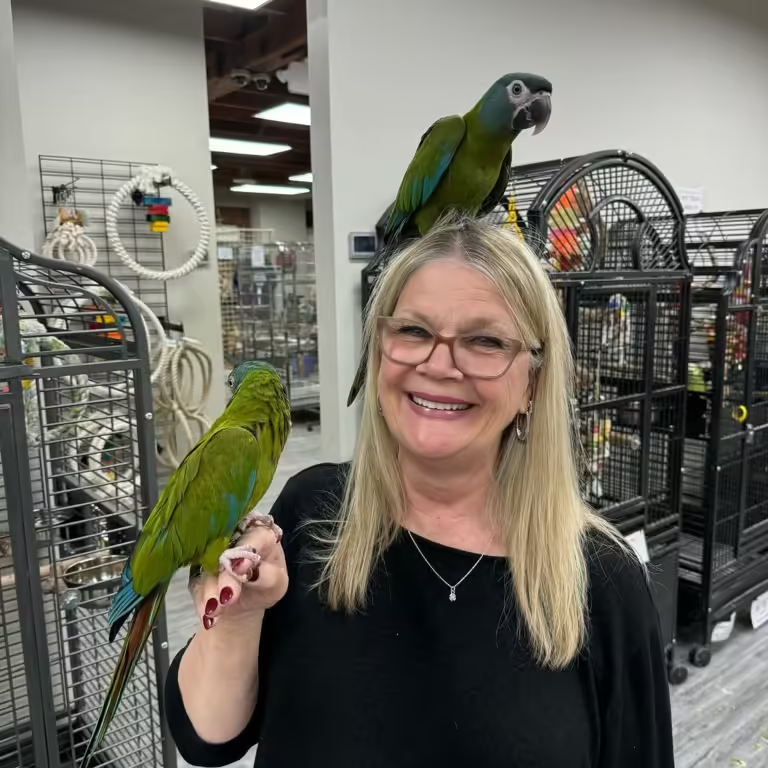
Find Parrots for Sale in Aurora IL: Top 5 Must-Visit Spots
Finding the perfect parrot in Aurora, IL, is an exciting adventure for bird lovers. This city offers various options for finding your ideal feathered friend,
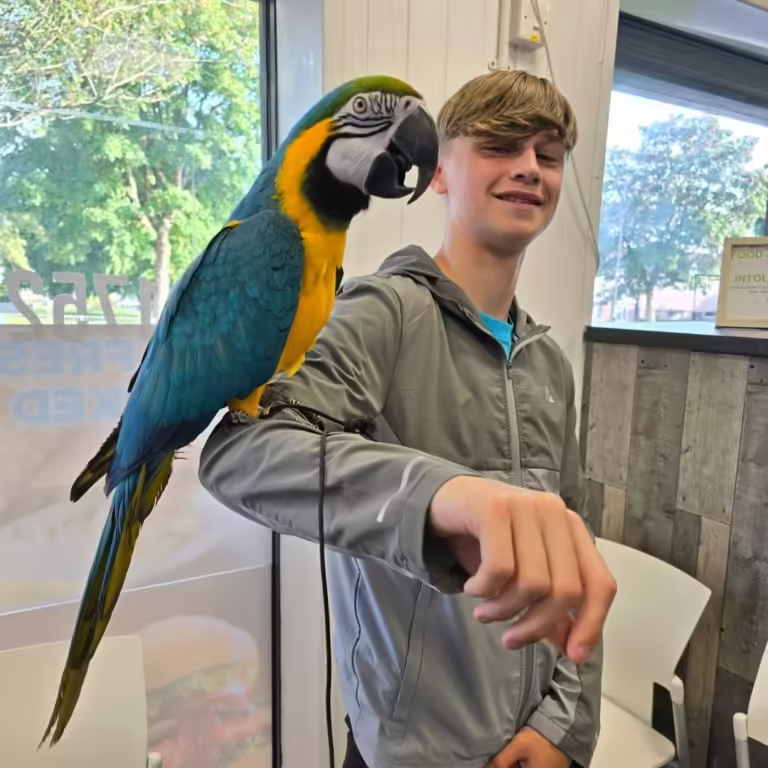
Find Parrots for Sale in Trenton NJ: Top 5 Must-See Spots!
Finding the perfect parrot can be a fun adventure. Trenton, NJ, offers plenty of options for bird lovers. From local breeders to pet shops, there
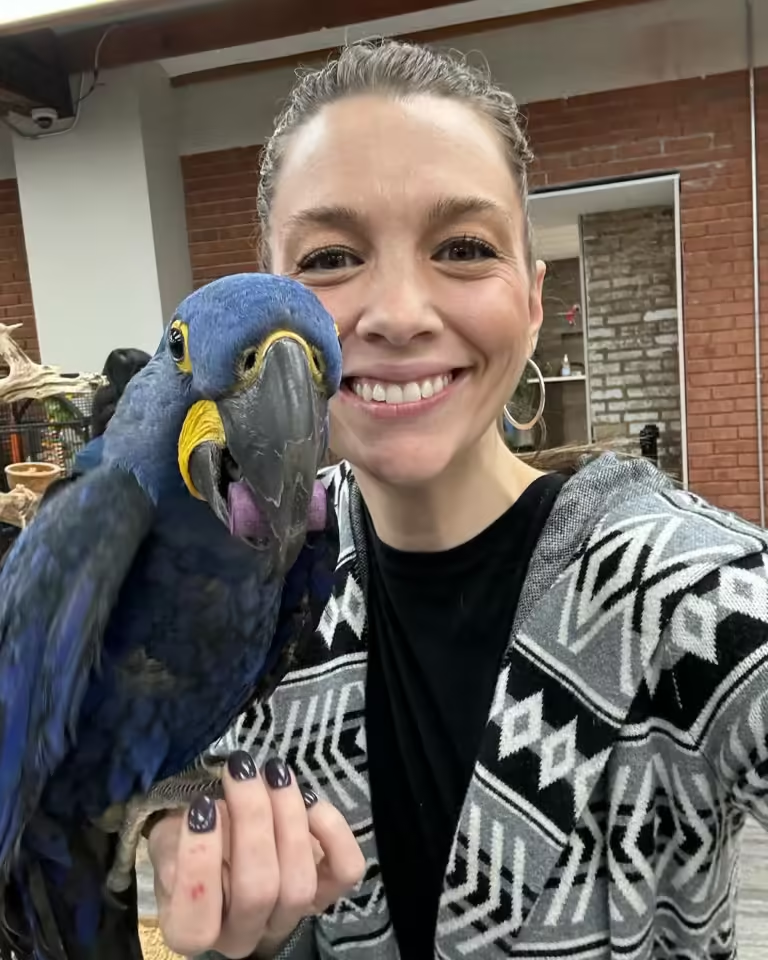
Find Parrots for Sale in Woodbridge Township NJ: Top 5 Must-See Spots!
Finding the perfect parrot can be a fun adventure. Woodbridge Township, NJ offers plenty of options for bird lovers. From local breeders to pet shops,
